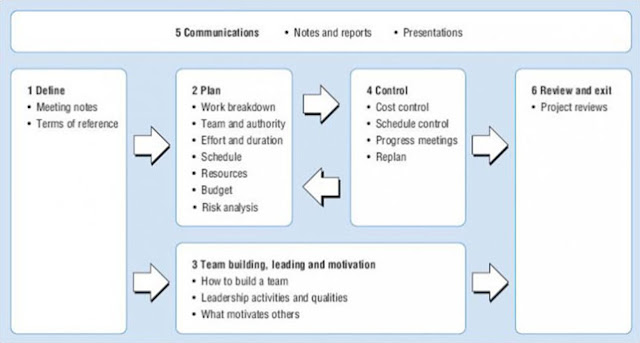The Project Planning Phase is the second phase of the project lifecycle. It involves creating a set of plans to help guide your team through the execution and closure phases of the project. The plans created during this phase will help you to manage time, cost, quality, change, risk, and issues.
1. Sufficient details should be provided to establish baseline plans against which project implementation should be managed, project performance measured and controlled. This should be achieved if the planning team is properly resourced, motivated, by making use of templates and lessons learnt from previous projects.
2. Realistic activities durations and costs estimates and well thought out dependencies contributes a lot to a successful project plan. Planners should be realistic as possible. All estimates should be achievable.
3. Involve and consult key stakeholders when developing a work breakdown structure and subsequent PIP for their input and buy-in. A detailed WBS mitigates challenges of project change requests.
4. A baseline Project Management Plan should be in place before project execution commences. Stage-gate 2 checklist should be used as a checkpoint.
5. A baseline should be updated as more information is received, however, a steering Committee’s approved should be sought if a major change in time or cost is anticipated.
6. It is critical that the Project Manager communicates the roles and responsibilities to all identified stakeholders (Project Implementation Team – PIT and their supervisors and others) in time to seek for their commitment and availability.
7. Awareness/sensitization workshop and or meetings should be arranged to enable the project manager to communicate the project plan to the team before a final sign off.
Download:
8. The planning stage will be concluded with a Steering Committee or project sponsor approval (Go / NO GO stage gate 2) of the Project Management Plan for large or small projects respectively, signaling that the project is ready for execution or implementation.









0 Comment: